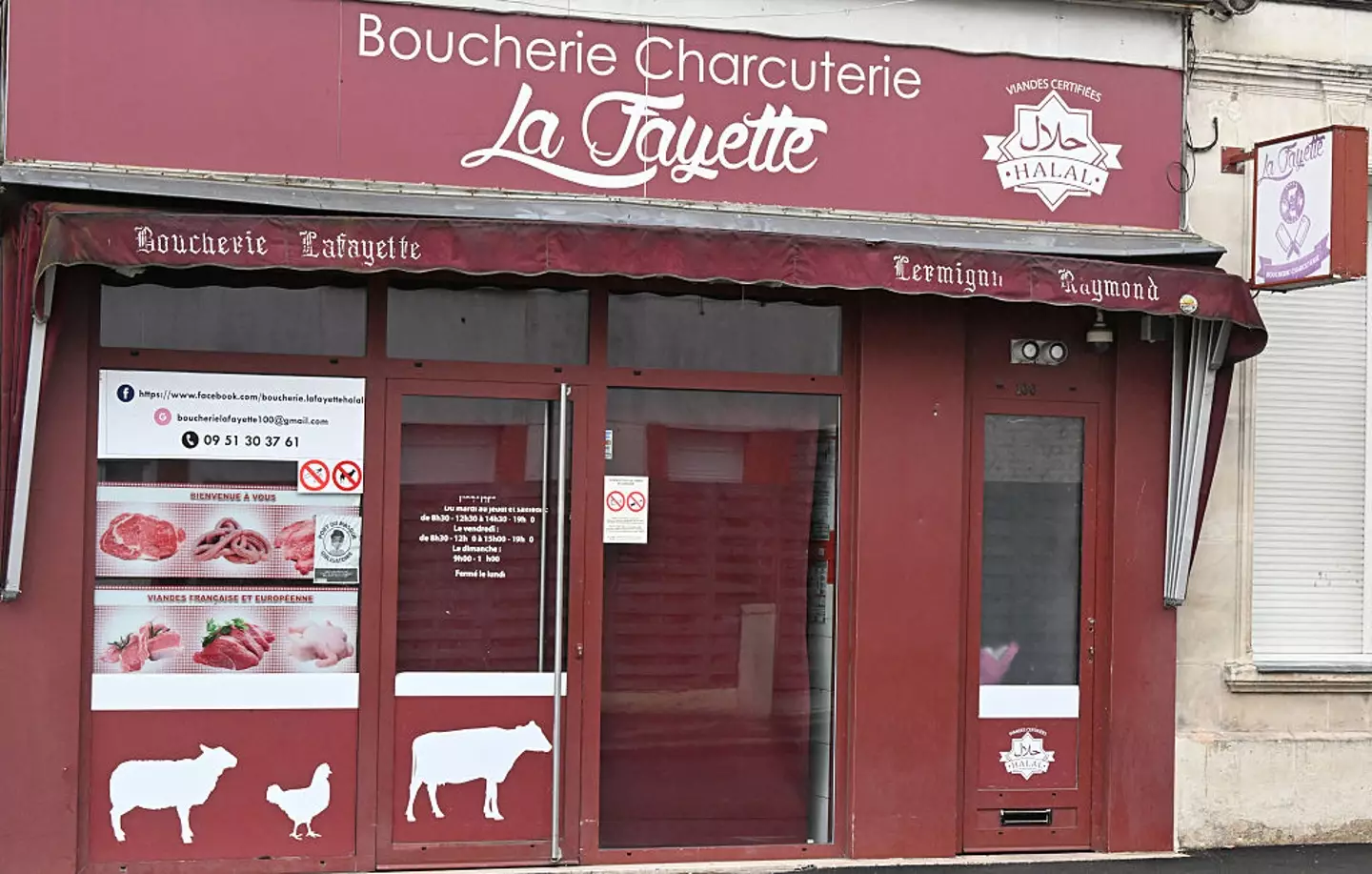
A series of French butcher shops have been shuttered over an E. coli outbreak that’s allegedly caused the death of a 12-year-old girl named Élise and more than 20 others.
The first case was reported on June 12th 2025 near Saint-Quentin, with that first patient coming down with food poisoning and bloody diarrhoea. By June 18th, 22 children and an elderly patient had all been hospitalised according to officials in the Hauts-de-France region.
Of the hospitalised children, five of them had been diagnosed with haemolytic uremic syndrome (HUS), with one of those being Élise who sadly passed away on June 16th.

Advert
As a result, six local butcher shops have been closed while authorities examine the root of the E. coli outbreak.
HUS can cause kidney failure, permanent health issues, and it can be lethal. It’s generally associated with food poisoning from an E. coli contamination.
“Since June 12, 24 people have been infected with the E. coli bacteria. A young girl, Élise, tragically died,” said Dr Yannick Neuder, French Minister of Health and Access to Care, on his personal X account.
“My thoughts are with her, her family, and her loved ones.”
Advert
He continued: “My thoughts also go out to the city of #StQuentin, where I visited on June 22, deeply shocked by this tragedy. Tests are underway to establish the link between the contamination and the meat. Their results will be available in the coming days.”
Neuder also stressed that ‘healthcare workers, investigators, and now the justice system’ are involved in investigating the outbreak.
The minister also appeared on 13FM TV as a special guest, where he said: “[The outbreak] is probably coming from food, almost certainly from meat, which would need closing all butcher shops, and we are speaking of Escherichia coli, so let's remind people that this is not an epidemic, it is not a virus, these are food-related contaminations.”

Advert
E. coli can be killed with thorough cooking, although the food needs to reach an internal temperature of 75 degrees C. This is particularly important for minced meat as any E. coli on the meat’s surface has then been blended through the mince. That’s why a medium-rare burger isn’t safe to eat while a medium-rare steak generally is.
If someone is infected with E. coli, the symptoms generally arise within one to 10 days of exposure and can last for as long as two weeks. Symptoms include diarrhoea, blood in stools, stomach cramps, and fevers. The risk of developing HUS is higher for the elderly and for young children.
